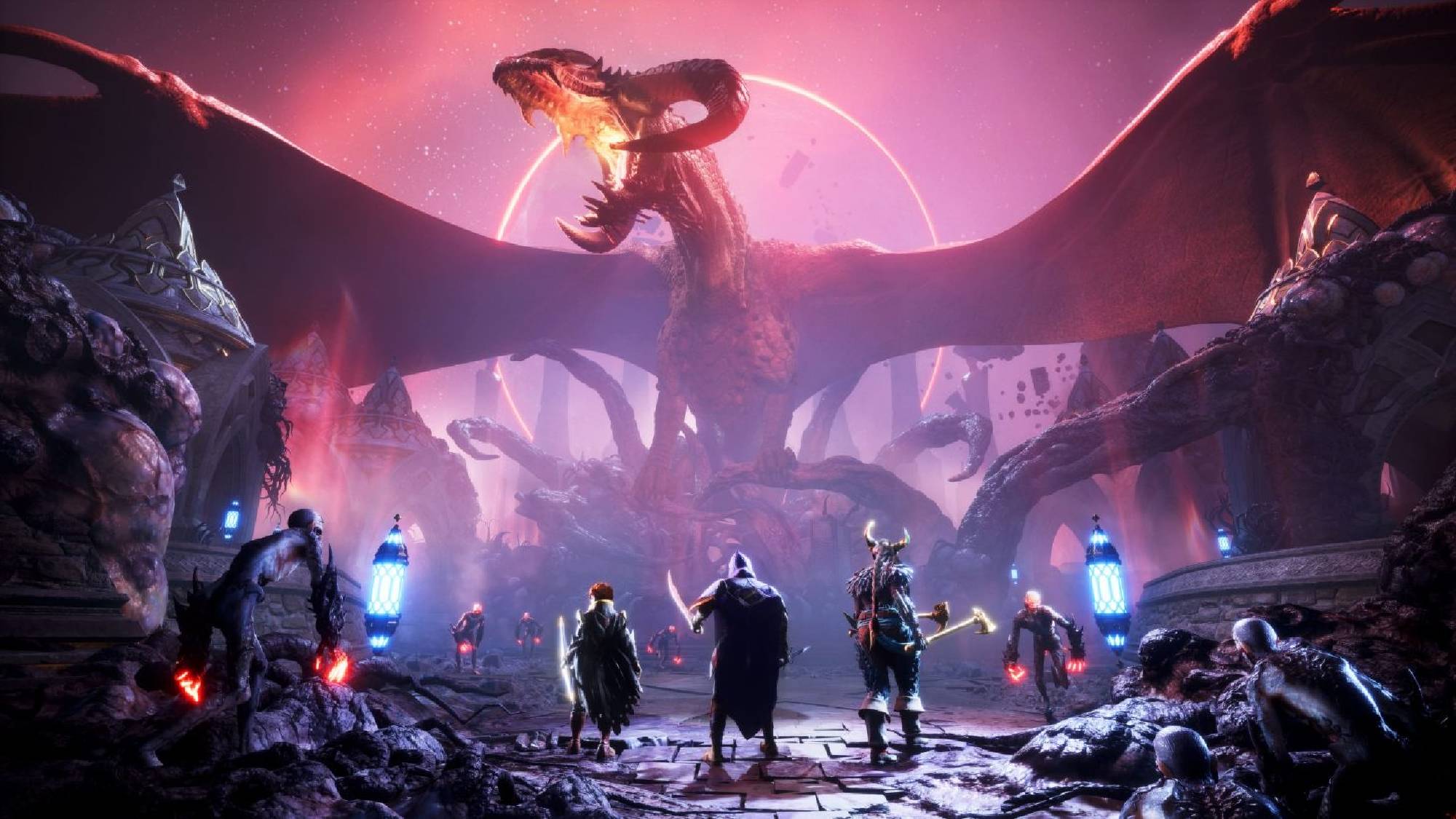
Platforms: PC, PS5 (reviewed), Xbox Series X
Price: $69 / £69
Release Date: October 31, 2024
Genre: RPG
Dragon Age: The Veilguard is crucial, not only as the first game in the series since 2014’s Dragon Age: Inquisition but also because developer BioWare has made no secret of its need for a bona fide hit following a tumultuous period at the studio. So has the legendary Edemonton-based dev recaptured that signature “Bioware Magic” with the latest Dragon Age? It’s complicated…
Trust me, as a huge fan of numerous Bioware games, nothing would give me greater pleasure than to declare “Bioware is back!” But unfortunately, Dragon Age: The Veilguard is merely a good fantasy RPG. That really should be viewed as a compliment but the problem is the industry has moved beyond “good”. Titles like The Witcher 3 - Wild Hunt and Baldur’s Gate 3 have set a new quality bar, and the latest Dragon Age doesn’t quite measure up.
However, there’s still a lot to enjoy about Dragon Age: The Veilguard, like its ability-focused combat, which had me eager to take on every fetch quest I could find just so I could slice up some more demonic foes. It’s just a shame the main story is so weak. Read on for my full Dragon Age: The Veilguard review as I break down this fun but flawed experience…
Creating your Rook
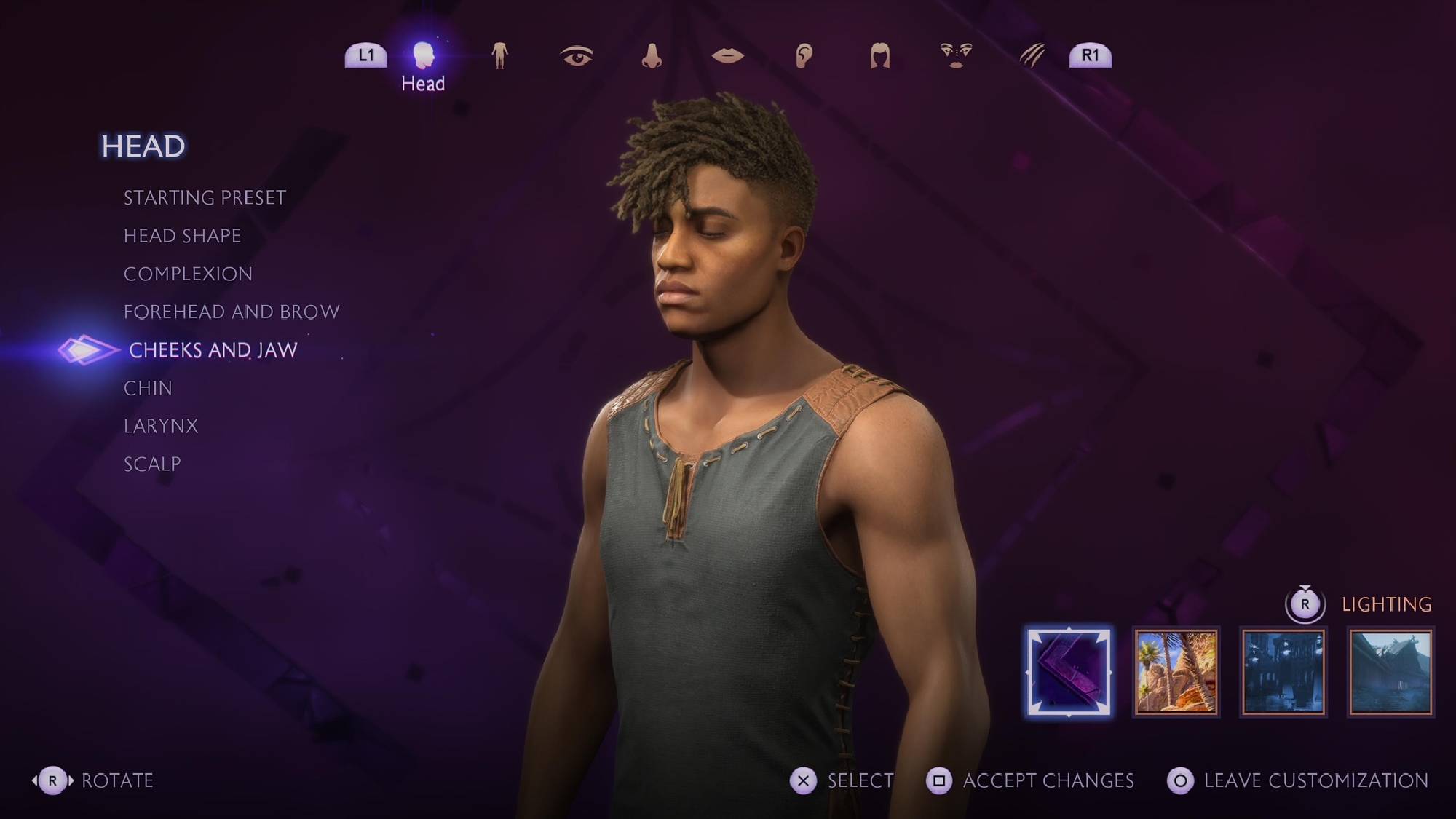
As with many role-playing games, your first job in Dragon Age: The Veilguard is to create your character known simply as Rook. RPG players who like to spend a lot of time with the character creator may get their money's worth from this section alone. You’re given so much freedom to craft your ideal fantasy hero that it’s actually a little overwhelming at first.
Not only can you make your Rook look exactly how you’d like but you also select their backstory and which faction they belong to. I chose a human Grey Warden, who defied orders from a commanding officer while trying to save the residents of villages under attack by Darkspawn. While hardly new for the genre, picking a backstory and faction is a great way of making your Rook feel unique, and your chosen faction impacts future dialogue too.
It’s a shame that while you can make your Rook look pretty much however you want — purple skin and bright green hair are very fashionable — the character’s personality feels fixed. Based on my chosen backstory I wanted my Rook to be an impulsive thinker, a leader with good intentions but who charges into situations without considering the consequences.
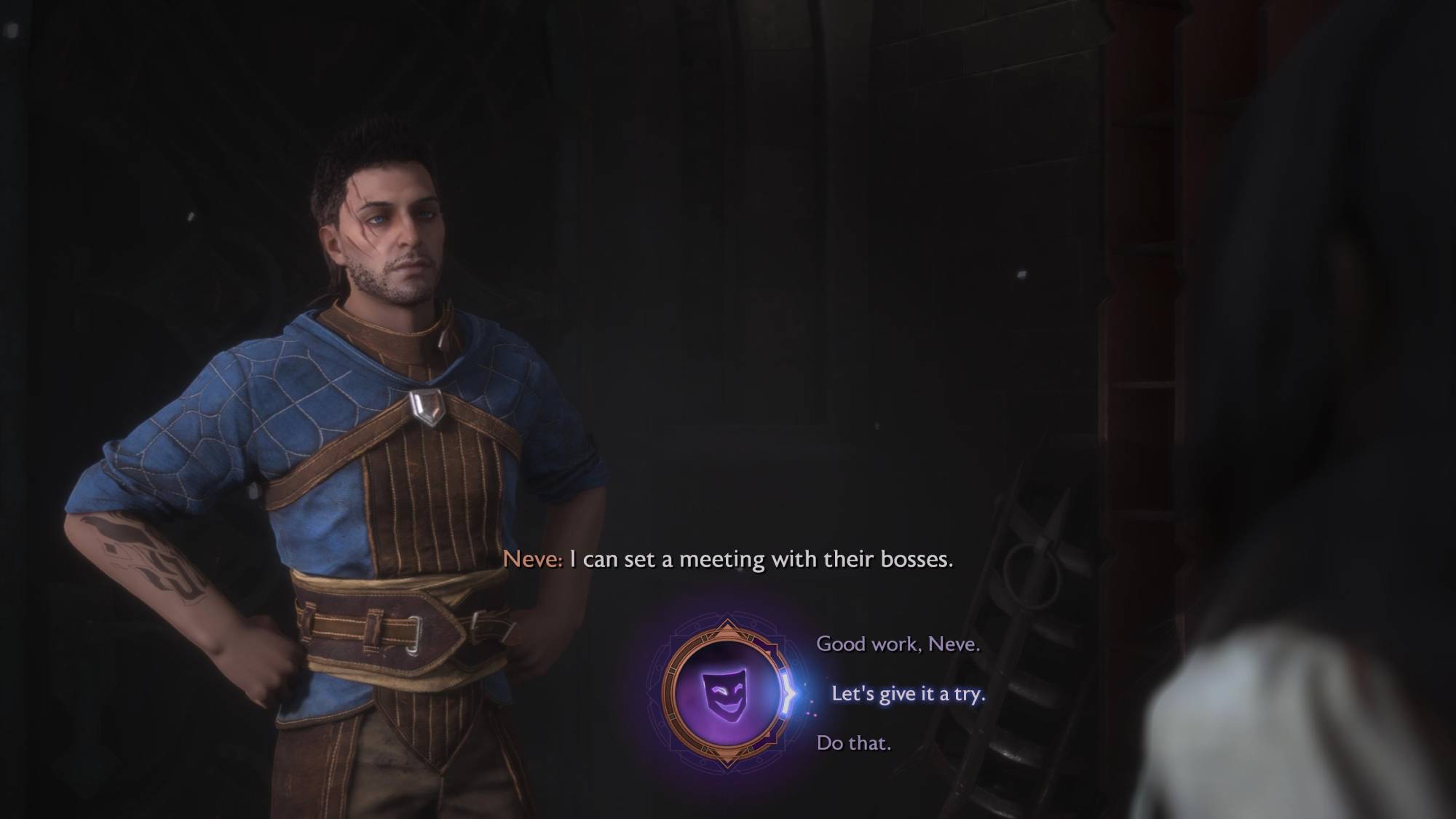
Instead, regardless of my choices, I was presented with Rook who is noble. Almost unbearably noble. Even in conversations where I purposefully tried to pick the “rude” conversation choice, my character was rarely less than chivalric and heroic. I felt railroaded into playing a particular type of Rook, which isn’t exactly what you want in an RPG.
Battling the hordes of hell
If there’s one area where Dragon Age: The Veilguard shines, it’s in the combat. Frankly, even with some of my favorite RPGs, the combat is often the weakest part (*cough* Witcher 3 *cough*). But during my time spent in Northern Thedas, it’s been the opportunities to square off against large hordes of demonic enemies that has kept me coming back.
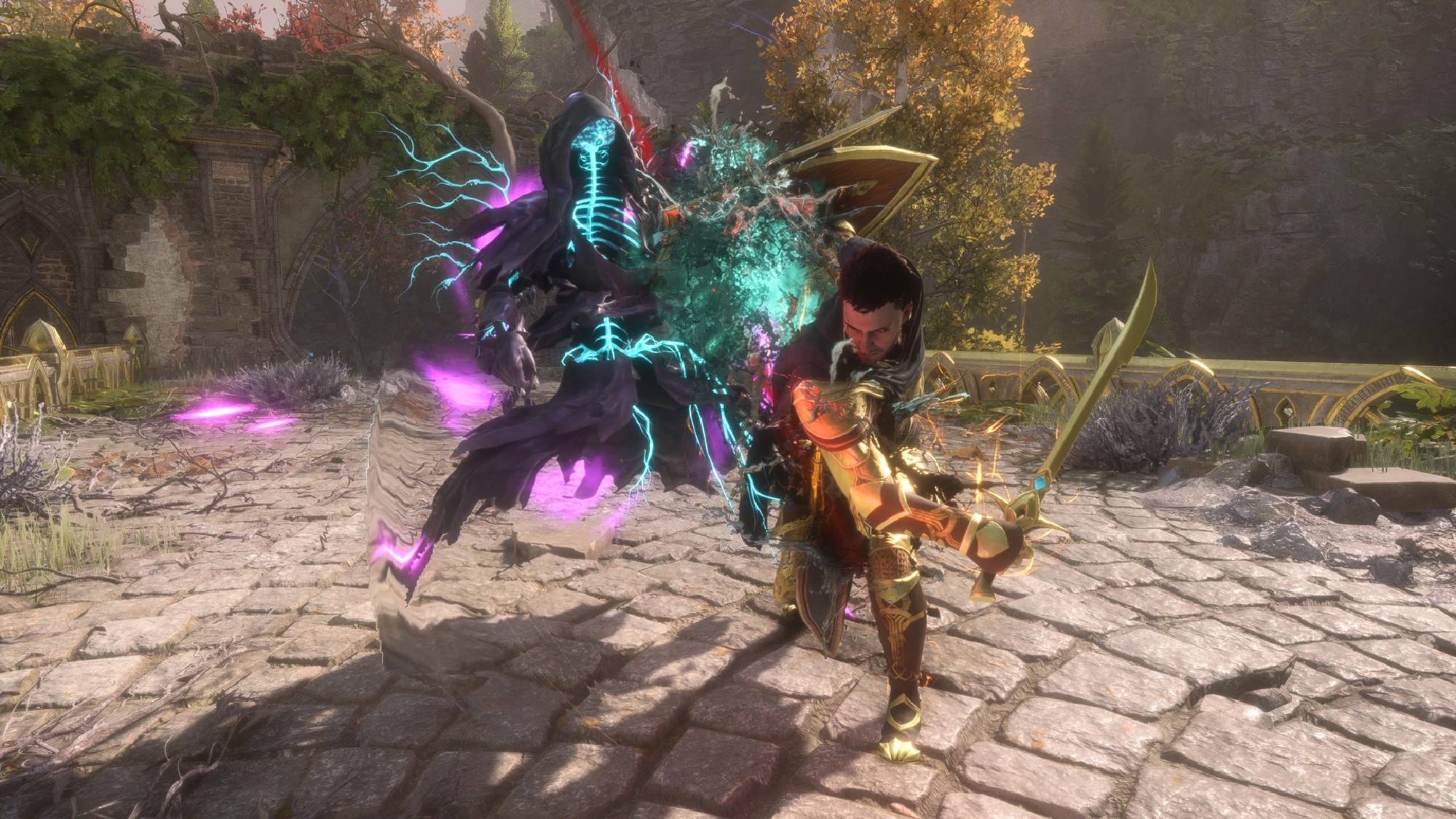
I’ve been playing the Warrior class, and while my Rook has basic moves like light and heavy attacks and a shield throw (Captain America-style), it’s the class-specific abilities that really elevate the combat. I may not be playing as a Mage, but I still have the option to call down a swarm of flame-coated swords from the sky which set my foes on fire and lock them in place letting me carve them up with my sharp sword.
Things only get more interesting when you throw your companions into the mix. While you don’t control them directly, you can issue commands, and choose when they deploy their abilities. Soon enough you can start to create devastating combos, as you select abilities that harmonize with each other. Watching a boss's health bar melt away because you triggered just the right sequence of abilities is always satisfying. Plus, the visual effects are intense.
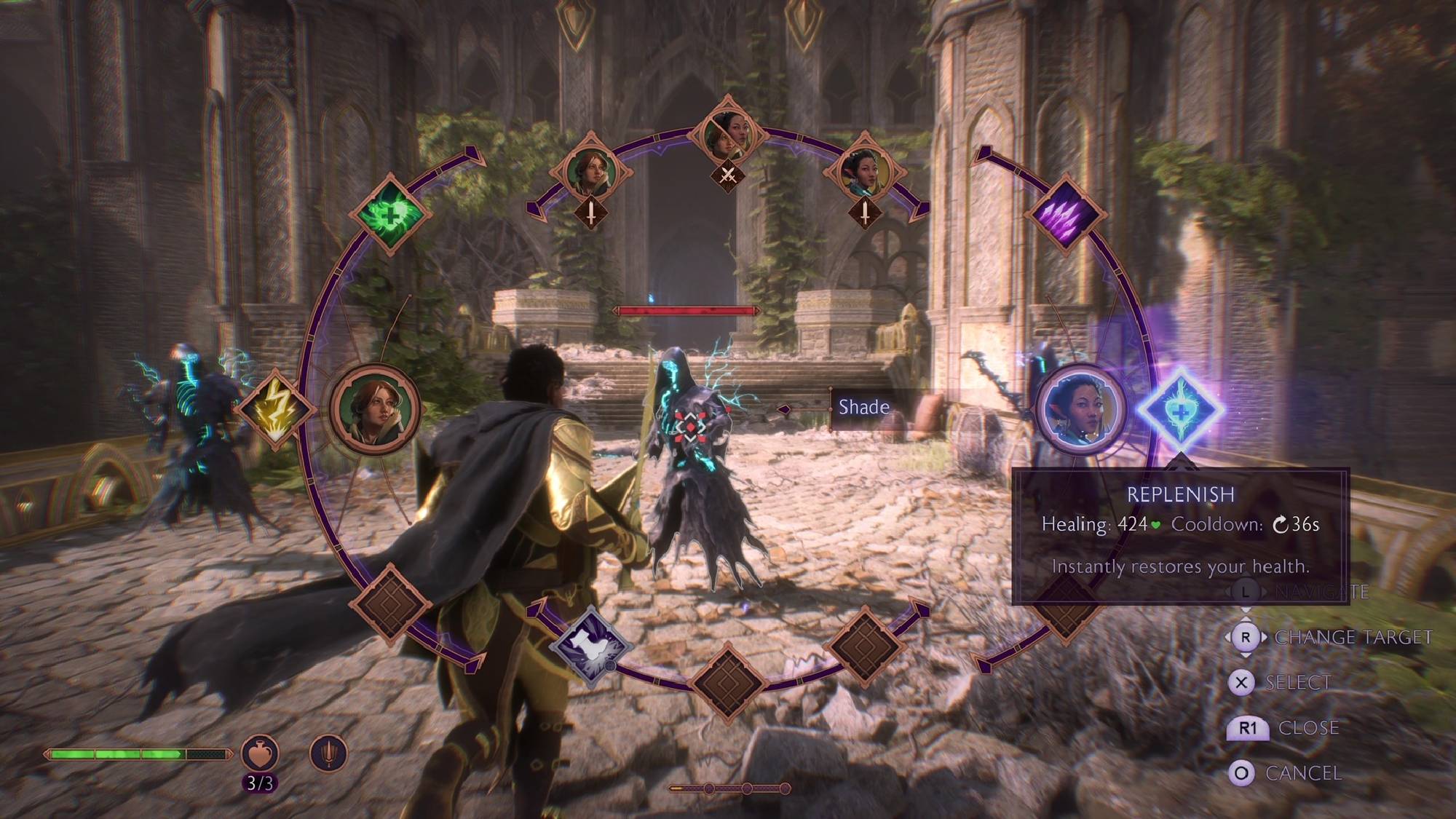
Dragon Age: The Veilguard also offers a seriously robust skill tree. This serves to further complement the frenetic combat. While some of the perks are simple stat boosts, there were multiple times when I just had a single skill point to spend and spent several minutes scrolling through my options struggling to decide which new ability I wanted to unlock.
The Veilguard has one major problem
In my first hours with Dragon Age: The Veilguard, I was impressed by the character creator, the rich fantasy world, and the promising combat, though I needed to upgrade my Rook to unlock all ability slots. All I needed now was for the story to hook me…almost 30 hours later and I’m still waiting!
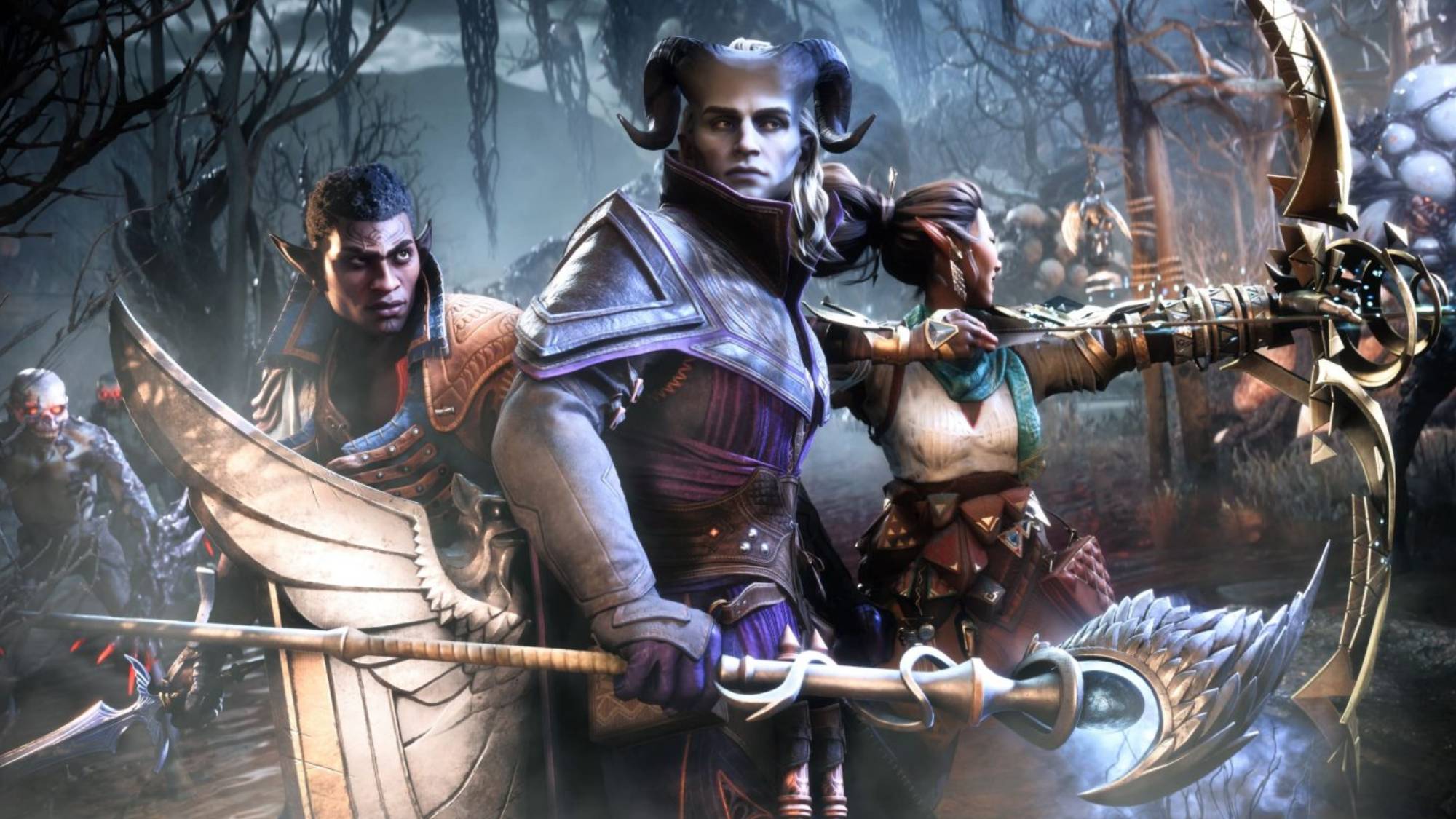
Dragon Age: The Veilguard takes a lot of narrative cues from Bioware’s own Mass Effect 2. Your initial goal is to bring together a team, the eponymous Veilguard, and that means traveling to all corners of the land, looking for companions that specialize in a particular trade, from a Dragon Hunter to a Fade Expert. The idea of assembling a team to stop a universe-threatening villain could be engaging, but the supporting cast falls short of the memorable characters in Mass Effect 2 — even the least exciting ones like Jacob Taylor.
Much like Rook, the game’s clutch of seven companions suffer from being far too earnest to be interesting. Every conversation with them feels sickly sweet, as they fawn over your supposed greatness, and treat their new squadmates like life-long compatriots. I’m not wanting my companions to be a group of dislikeable reprobates, but at least a little spark would be nice. Lucanis Dellarmorte is my pick of the bunch, largely because of a wrinkle (which I won’t spoil) that at least gives him some inner conflict that adds needed spice.
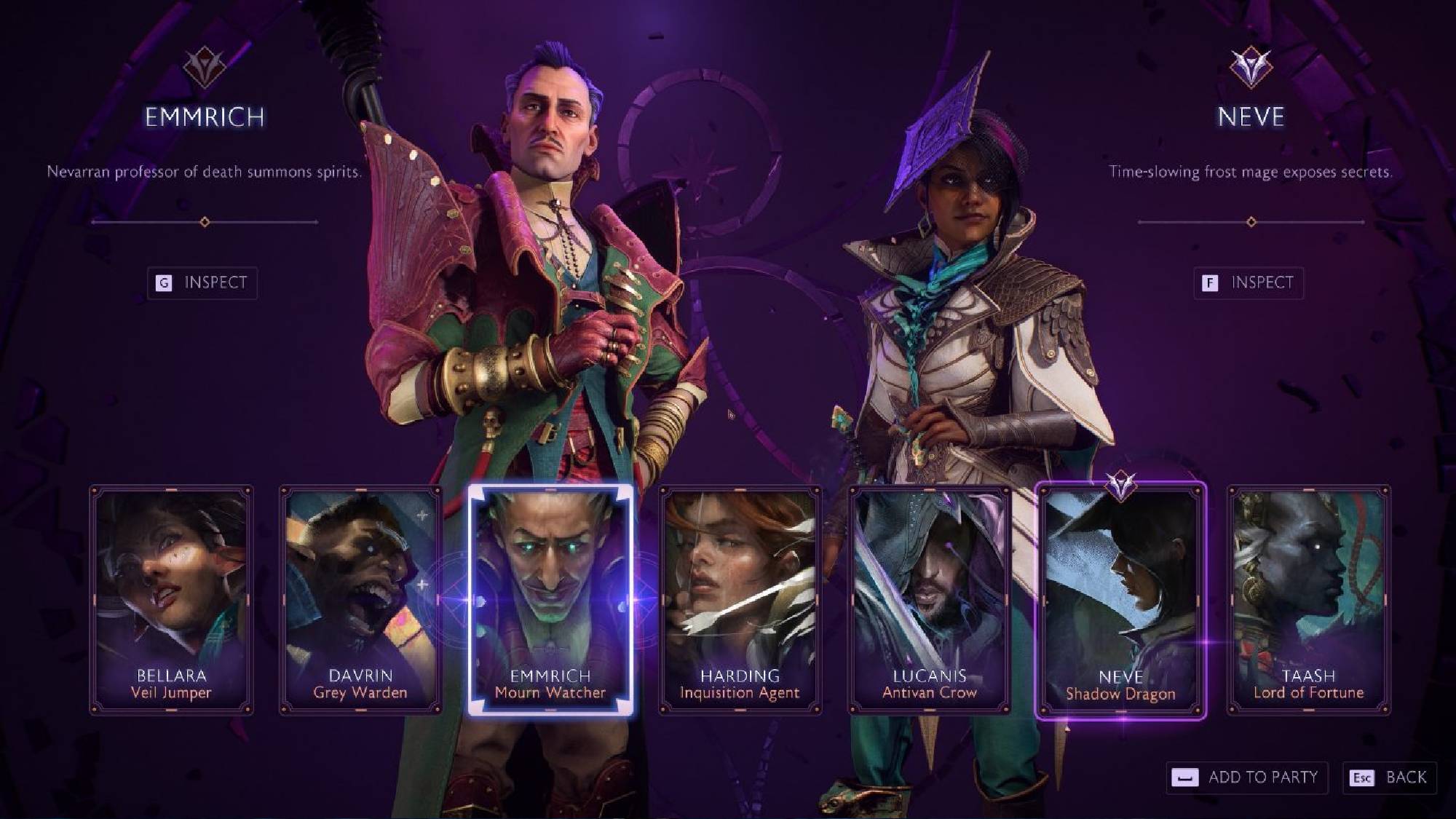
The overarching story sees you bringing together The Veilguard to stop a sinister pair of elven gods who are hatching a plan to spread darkness across the land. It’s serviceable, and hits all the expected narrative beats, without ever elevating itself to feel truly original. Though, at the time of writing, I’m still a few quests from the end so perhaps the finale will bring things home in style. However, at this point, that would likely be too little too late as the journey has been a slog.
Welcome (back) to Thedas
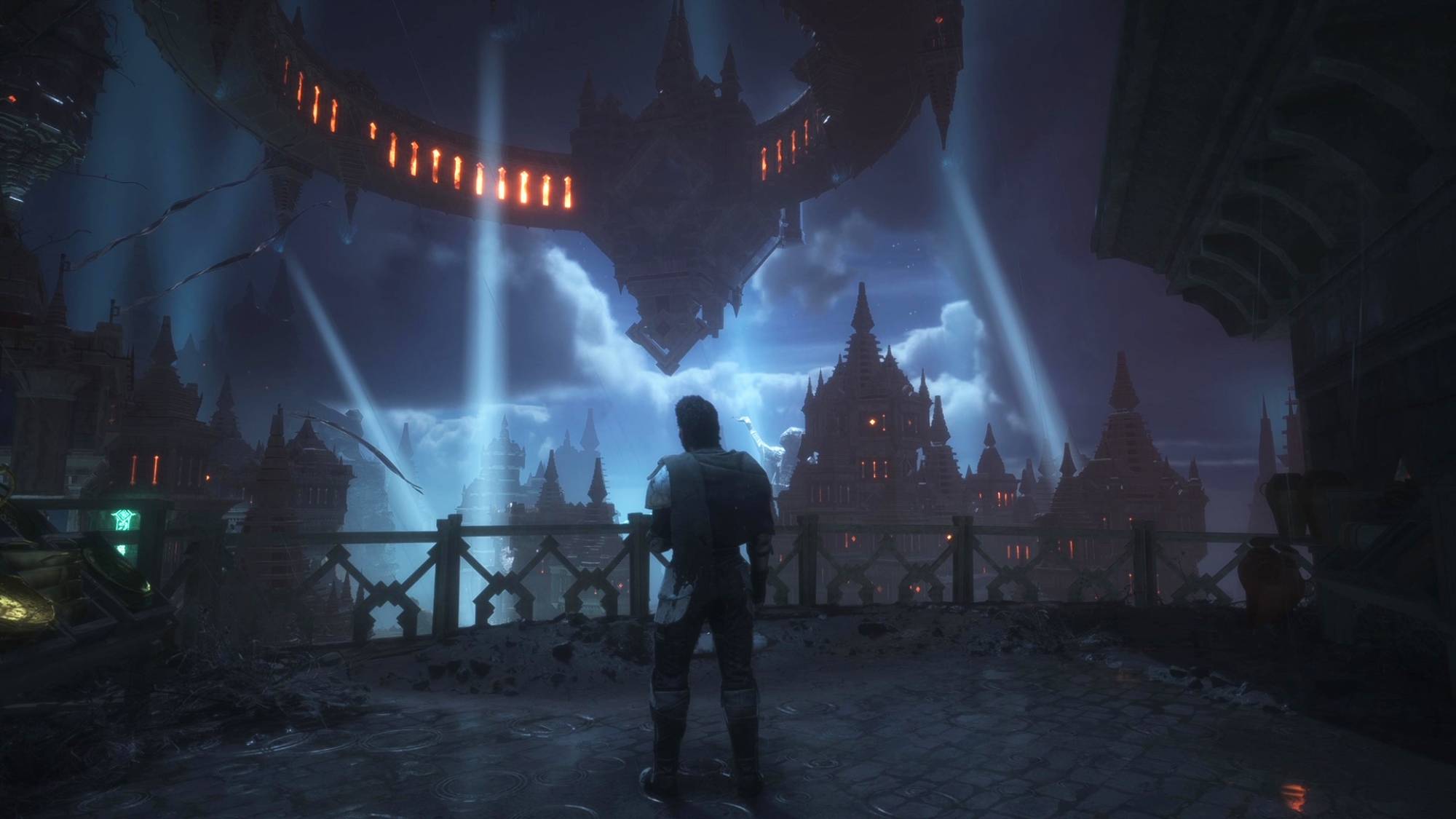
Dragon Age: The Veilguard eschews the open-world design philosophy of many of its contemporaries in favor of a more structured, linear approach. This works surprisingly well. Main story quests feel very distinct as you move through big set-piece encounters, and many force you to make difficult decisions with tangible ramifications.
Players who are craving more space to explore are catered to via a series of explorable zones stuffed with side quests, worthwhile loot, crafting materials and environmental puzzles. These areas act as useful filler between mandatory main quests, but because they are separate from story locations, you essentially have to choose to get distracted. Rather than organically stumbling upon a diversion you must purposefully visit an exploration zone.
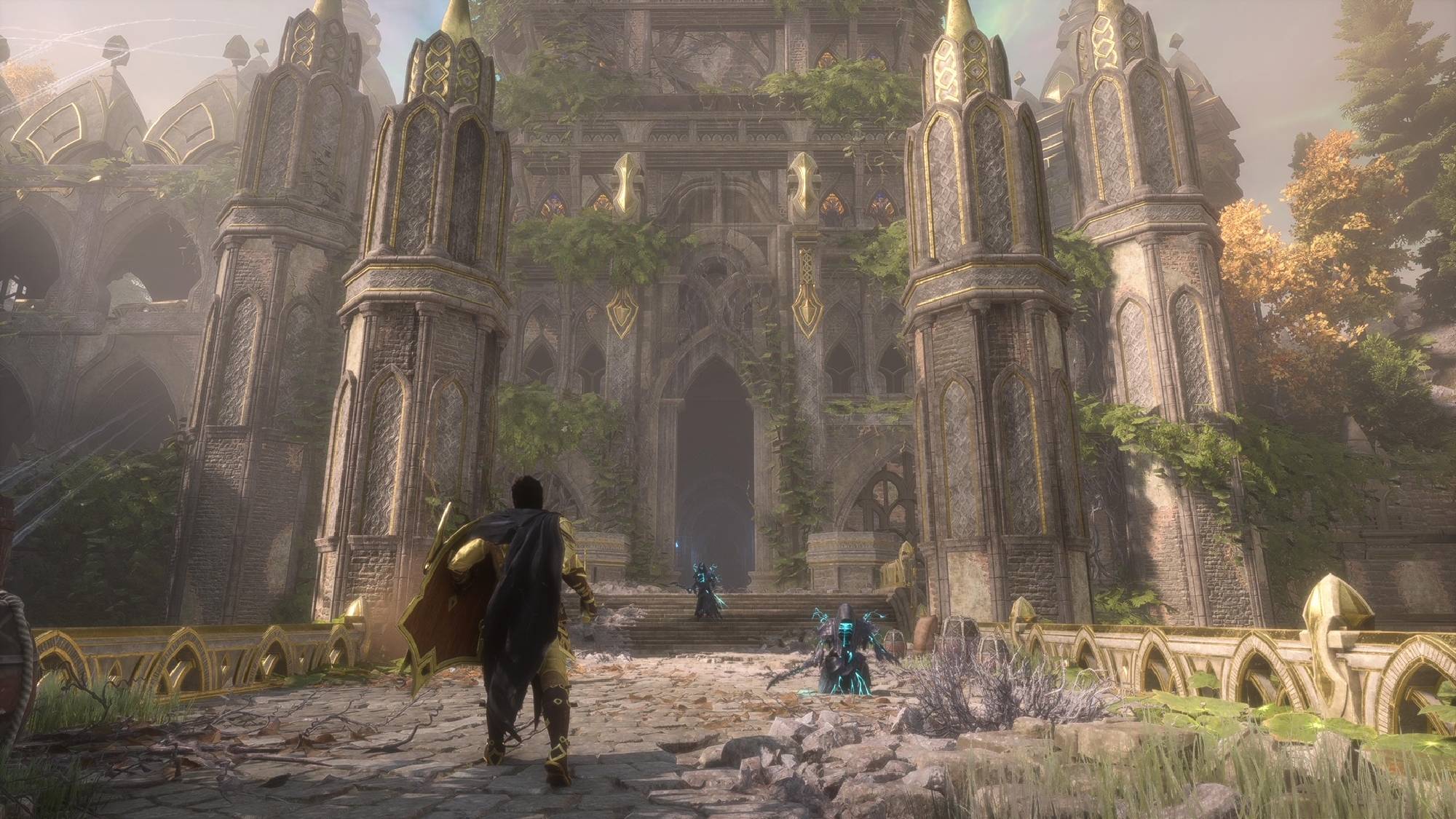
But don’t get tunnel vision for the main story, as Dragon Age: The Veilguard greatly rewards curious players. Plus, side quests are the best way to level up, unlock new skills, and upgrade your weapons so you can engage in even tougher (and more enjoyable) battles. Plus, it helps that pretty much everywhere you travel in Northern Thedas looks utterly fantastic. The opening section in Minrathous is a real highlight, but I also loved poking around the bustling streets of Dock Town or running along the sun-soaked beaches of Rivain.
Dragon Age: The Veilguard: Verdict
In some ways, Dragon Age: The Veilguard feels like an RPG out of time. It harkens back to the era of gaming in which Dragon Age: Inquisition reigned supreme and swept up a clutch of GOTY awards. The problem is that the era in question ended abruptly just months later when Geralt of Rivia’s third adventure landed on the scene, and things have progressed further since then with the likes of Elden Ring, Baldur’s Gate 3 and Dragon’s Dogma 2.
While Dragon Age: The Veilguard feels like a less ambitious throwback in many ways, it still offers plenty of worthwhile reasons to see the lengthy journey through to completion. Experimenting with combat abilities is exciting, and the fantasy setting is richly detailed.
The real shame is that Dragon Age: The Veilguard fumbles the key ingredients: story and characters. While I’ve had plenty of disposable fun in my dozens of hours in Thedas, without the hook of a core cast that has wormed its way into my affections, it’s hard to imagine I’ll remember this world-saving adventure even just a few days after I put down the controller.







